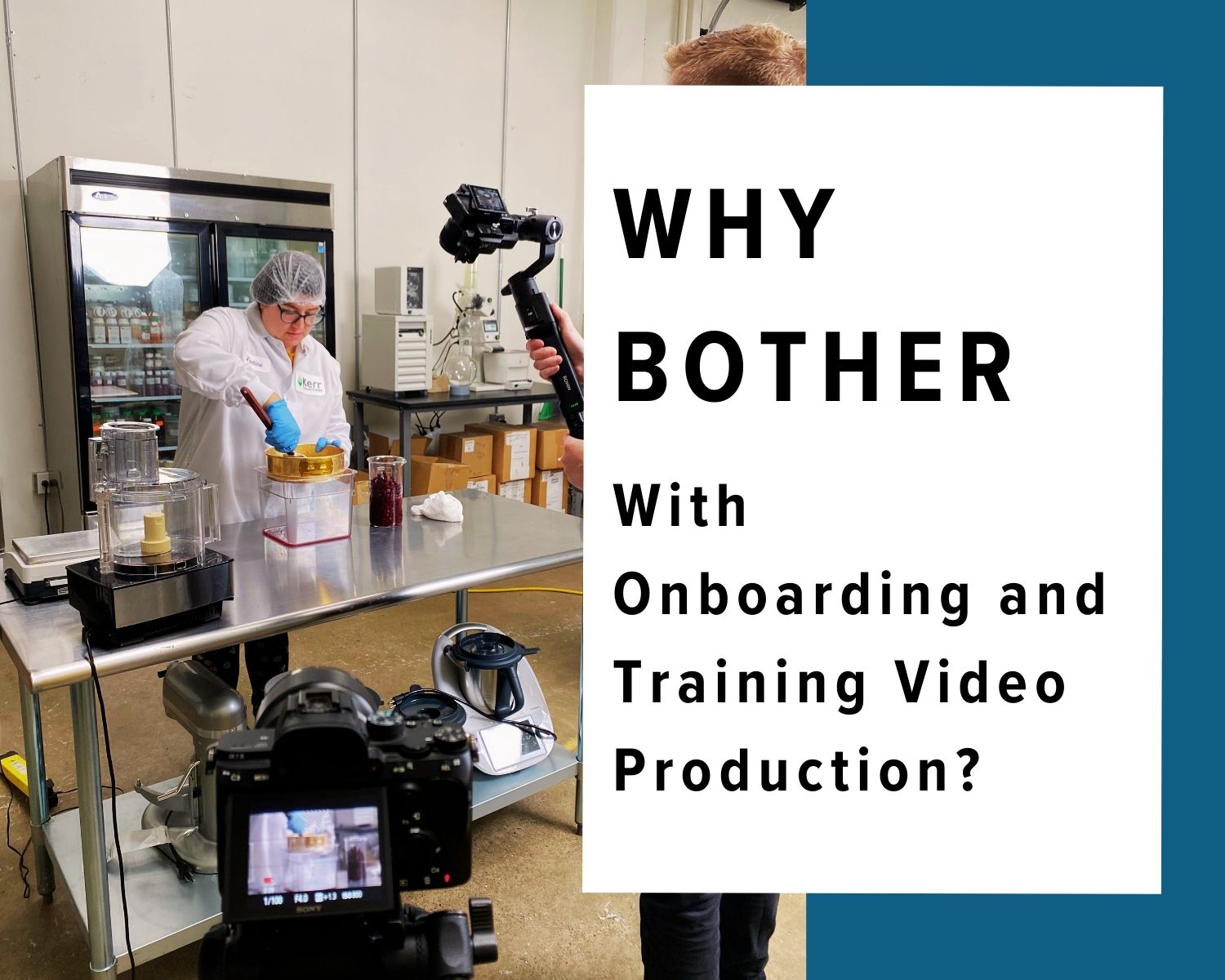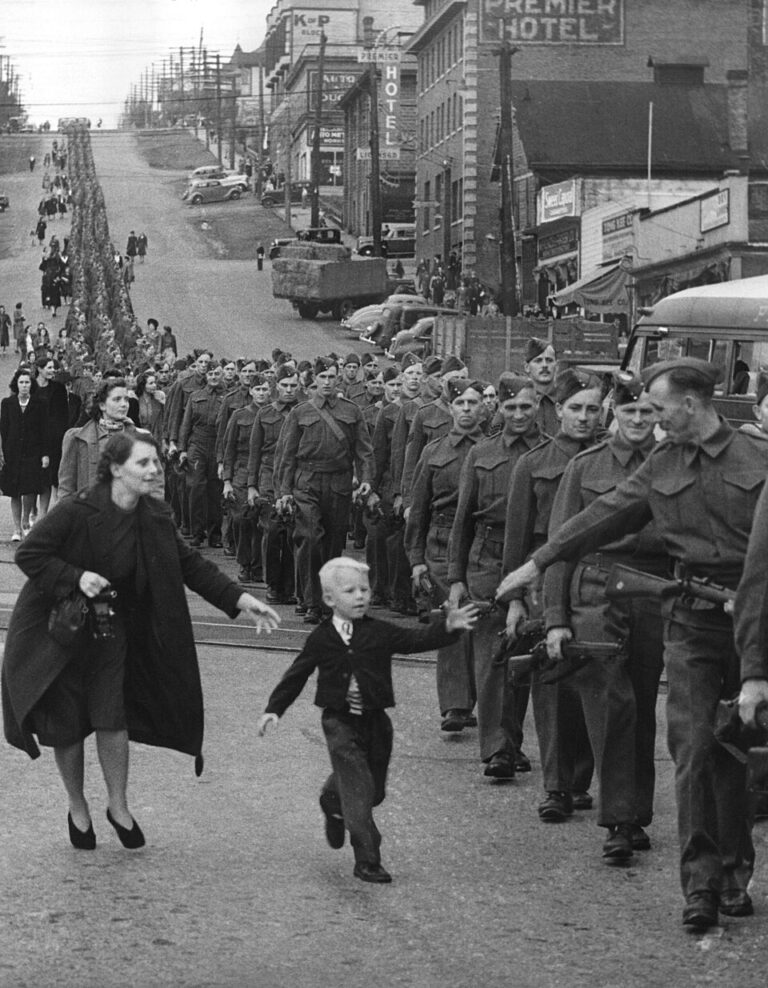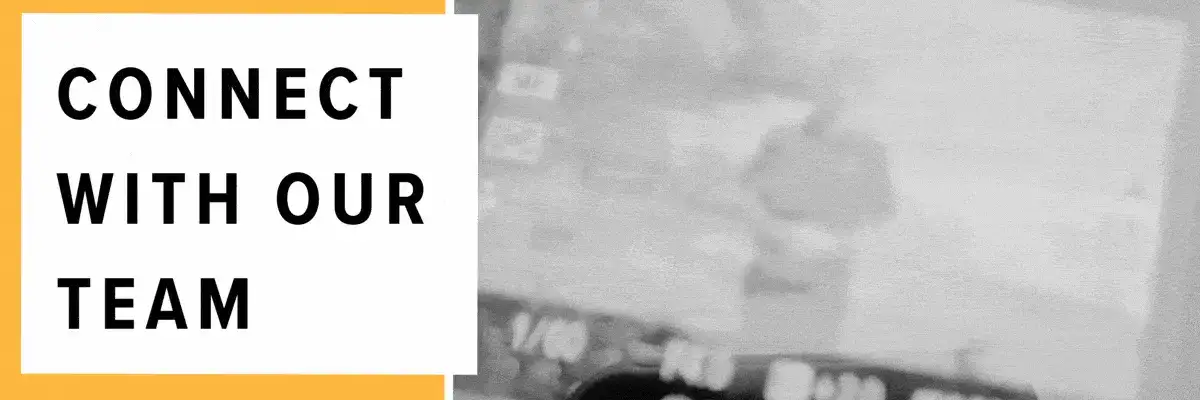
As today’s media becomes increasingly video marketing focused, visual storytelling becomes more important than ever.
They say a picture is worth a thousand words: A great picture doesn’t tell you the who, what, when, where, and why – A great picture shows you. Without any explanation, pictures can both communicate to the viewer in a matter of seconds, as well as persuade him or her to feel a certain way. Take, for instance, this black and white photo, which tells a story of its own and evokes emotion without any need for words. (Image Credit Claud Detloff)

If a picture is worth a thousand words, then a video must be worth many times more. One minute of video is considered equal to approximately 1.8 million words – the equivalent of eighteen 400 page novels – and our brains can process visual information 60,000 times faster than the written word! (Forbes).
But how will your business or operation use these unspoken words? Will you produce a 7,200-page instruction manual? Will you create a powerful story to inspire your audience to action? When it comes to reaching potential clients, telling a visual story is far more powerful than reading a post – especially when the average human attention span has shrunken to about 8 seconds in recent years.
Even as little as twenty years ago, only larger corporations and Fortune 500 companies had access to video marketing through commercials on television. Now, thanks to the explosion of social media platforms, and video centric options like YouTube and Tiktok, video marketing is being used by businesses and non-profits of all sizes in innumerable ways. All businesses have felt its impact, with an estimated “89% of businesses using video as a marketing tool” in 2025, according to a recent Wyzowl survey.

People hate to feel like they’re being sold something, which is why so many businesses have turned to visual stories rather than the traditional sales pitch. Powerful stories grab the audience’s attention and leave a lasting impression with the personal connection they’re able to create. If video marketing is the next step for your business, the following 5 “keys” to successful video storytelling will help you formulate a unique and powerful story that moves your audience to action.
Before you delve into the exact message you want to tell your audience, you first need to establish your purpose. What do you want people to know about your business or organization? What is your “why?”
Your video should set you apart from the competition and communicate your own unique identity and values. The following are some questions you can ask to help establish the purpose you want to communicate to your audience:

Ask yourself – who are you speaking to? Forgetting the audience is one of the biggest and most frequent mistakes that many businesses make in video marketing. You need to know your audience in order to find common ground with them.
Your video should specifically address what your audience cares about. One way to produce a video that is relevant to your viewers is to create an audience profile. What is their age, gender, occupation, or location? What are their interests, values, lifestyles, and frustrations? The more you know your audience, the better your video will speak to them.
Don’t try to overpack your message. Keep it concise, and keep it focused. Having one clear idea communicated in your video will make that message more potent for your viewer. If you have too much to say and there doesn’t seem to be enough time to say it, you’re probably overcomplicating your message or trying to fit multiple ideas into the space of one. Take a breath and prioritize which you would like to communicate first. Take it one by one for effective communication and connection with your audience.

Now you can brainstorm ways to communicate your message and purpose visually. As we pointed out earlier, images produce a far more powerful effect on viewers than words alone. For instance, instead of telling your audience that your new kitchen gadget will forever change the way they bake their cakes, show them. Show a mom baking a cake with your product, and show the difference it makes compared to the traditional way. Obviously, this is a rather straightforward example, but you get the idea. People love visuals that speak for themselves. So don’t try to tell your audience what to feel – use visuals that make them feel it naturally.
Based on what you have so far, build a narrative that encapsulates your message and purpose and connects to your audience. Your story should have a beginning, a middle, and an end. Just like any good story, it is best to include a conflict and resolution, as well as a protagonist to fight for. Here is a list of basic things that make up a good story:
Want to create an engaging, story-driven video and not sure if you have the time? Not to fear, we can help. Get in touch with our team to set-up a creative meeting – the first one is always free.
